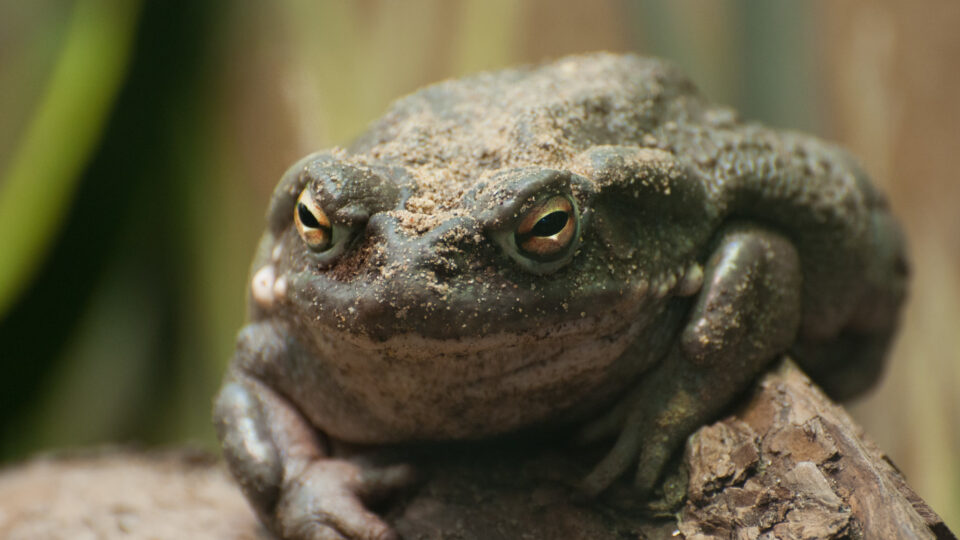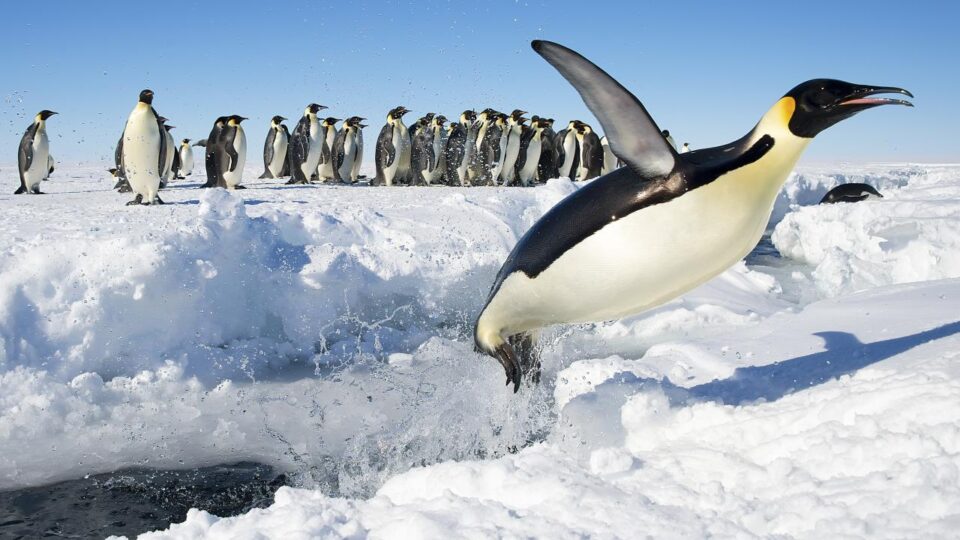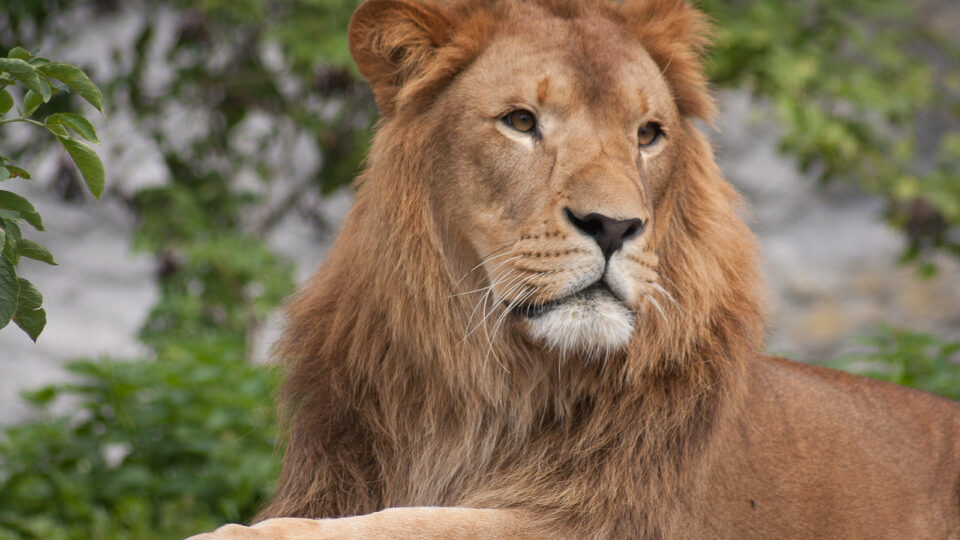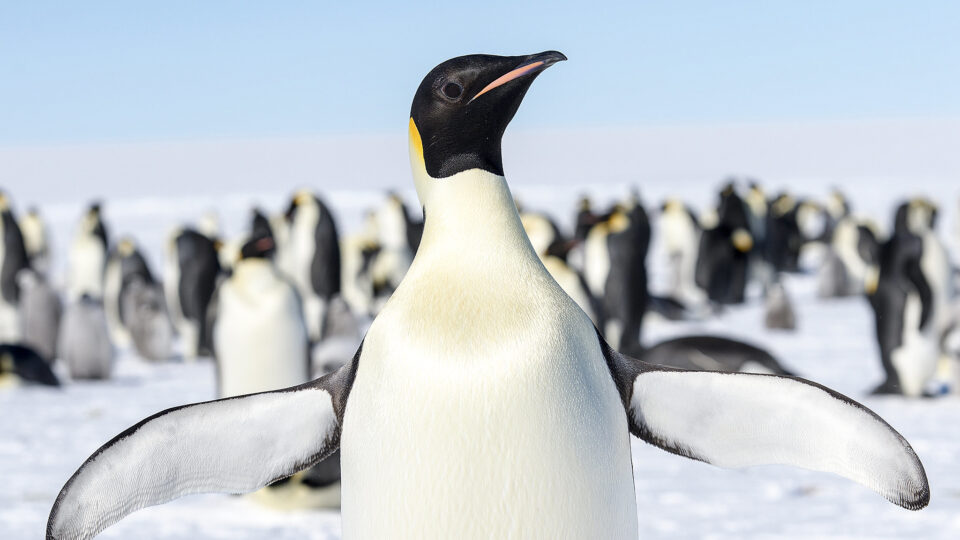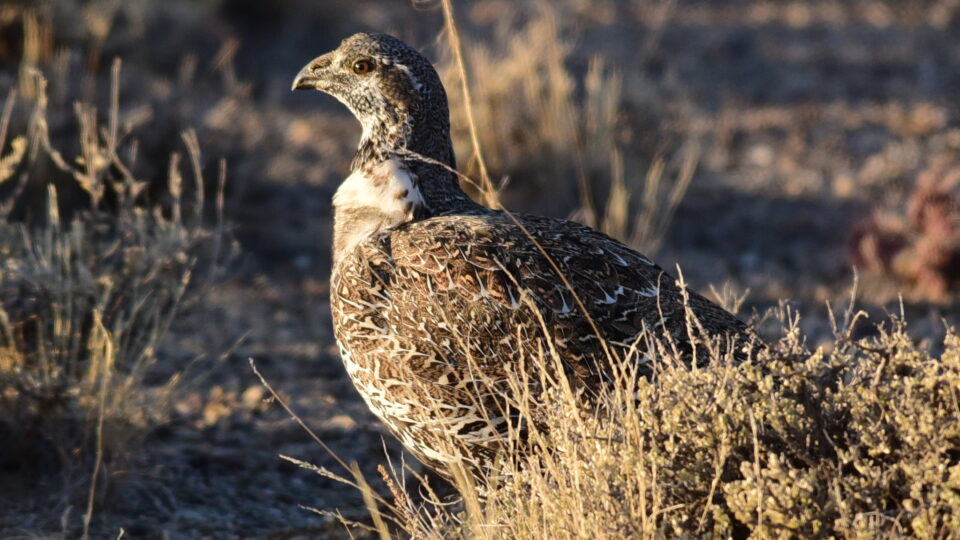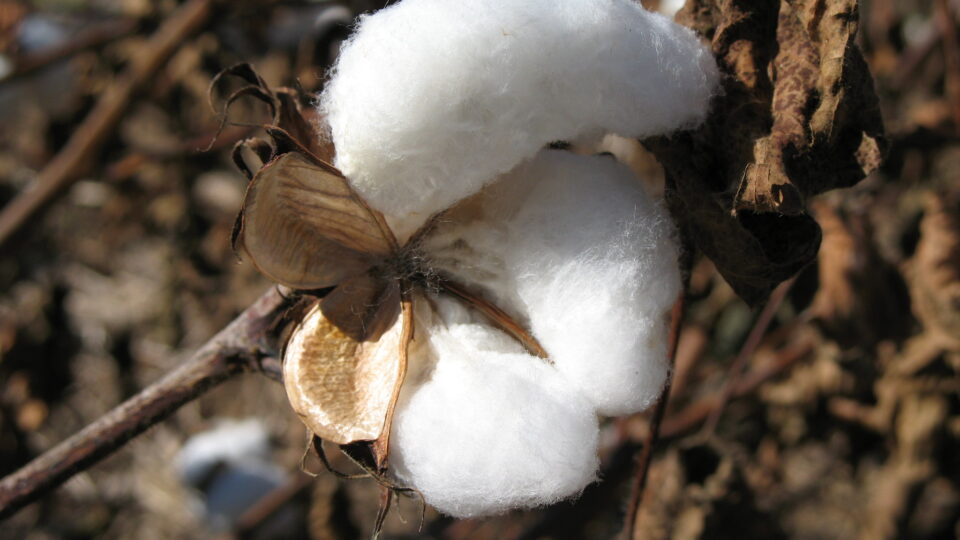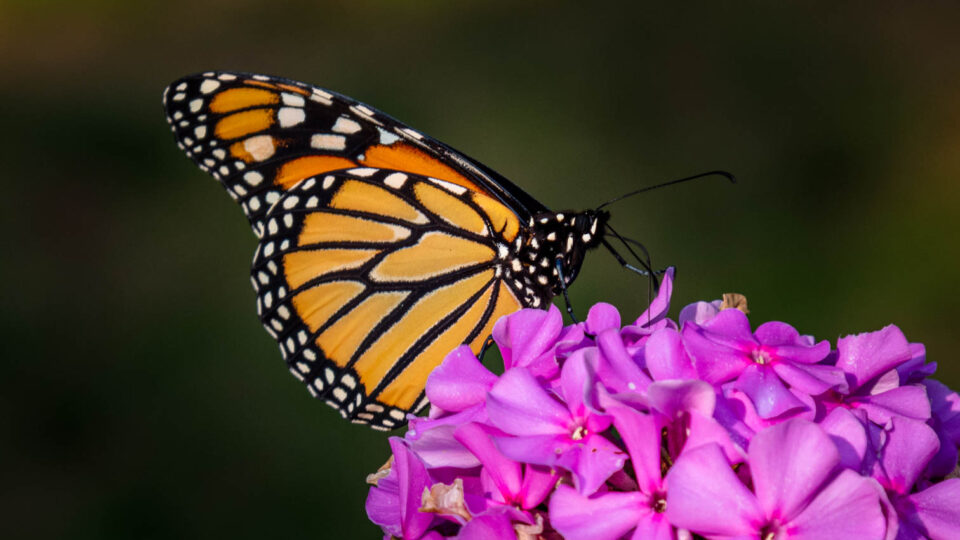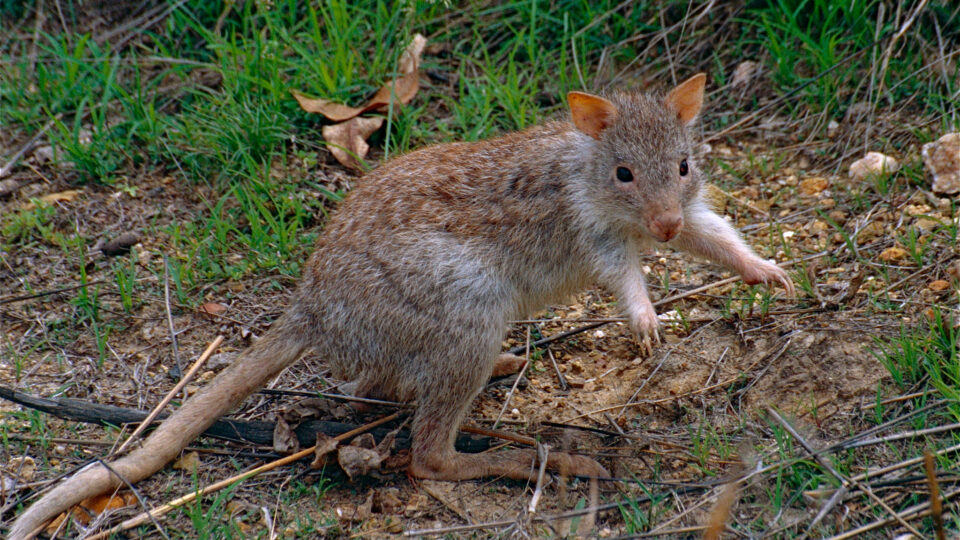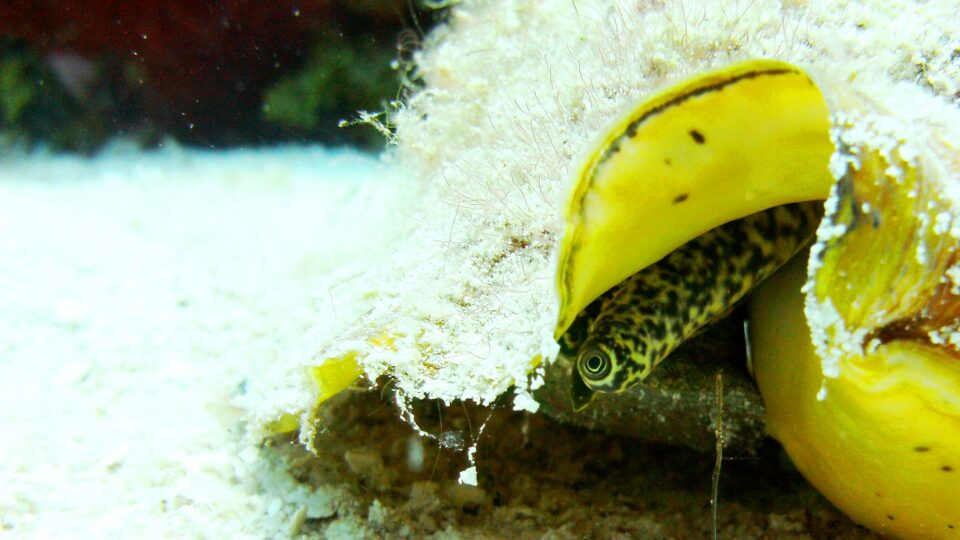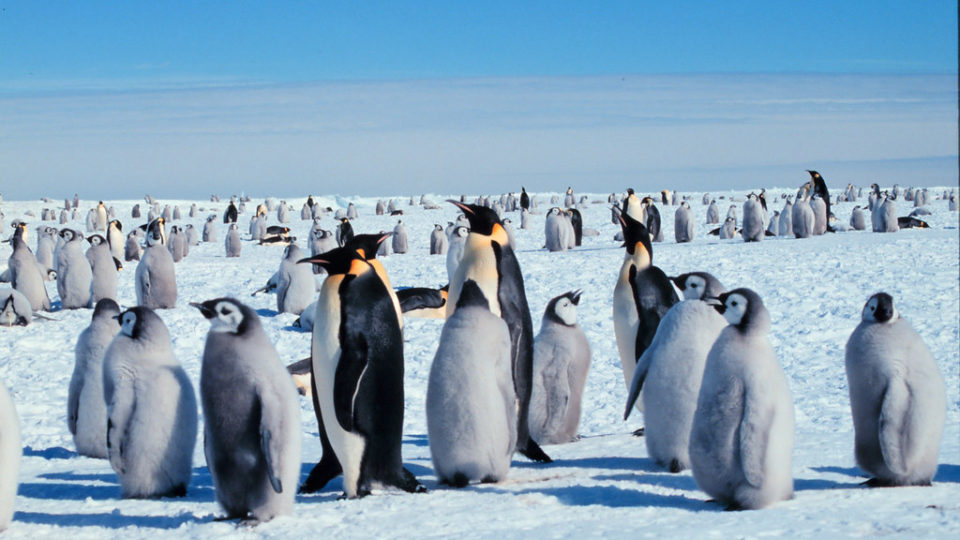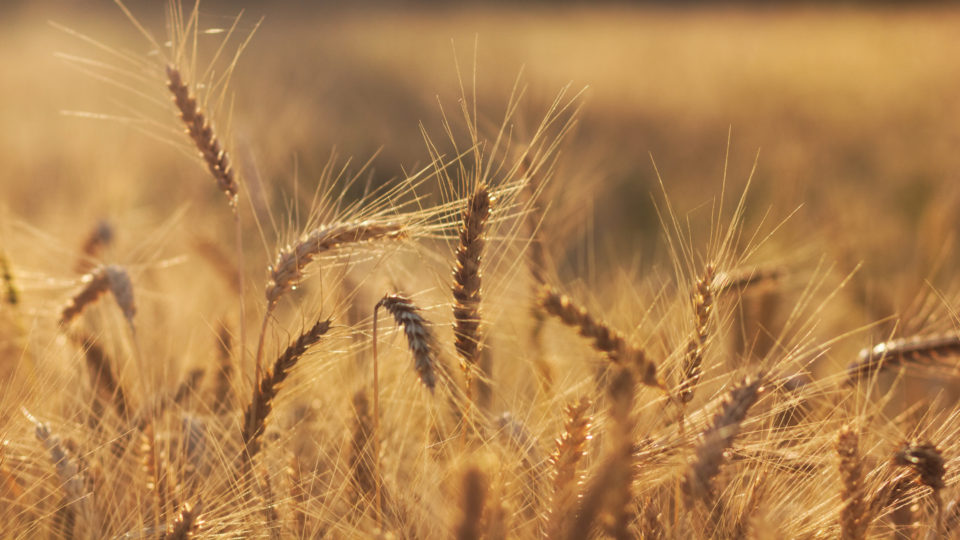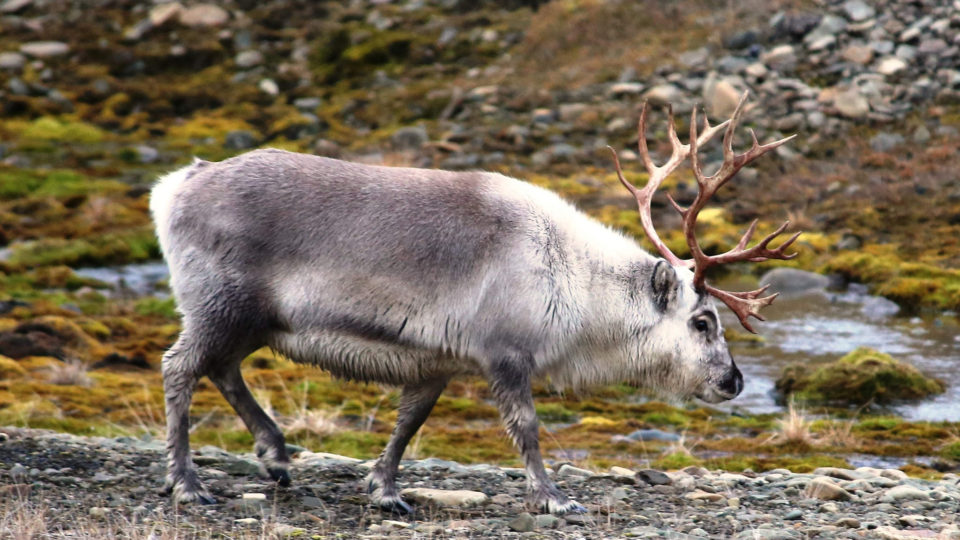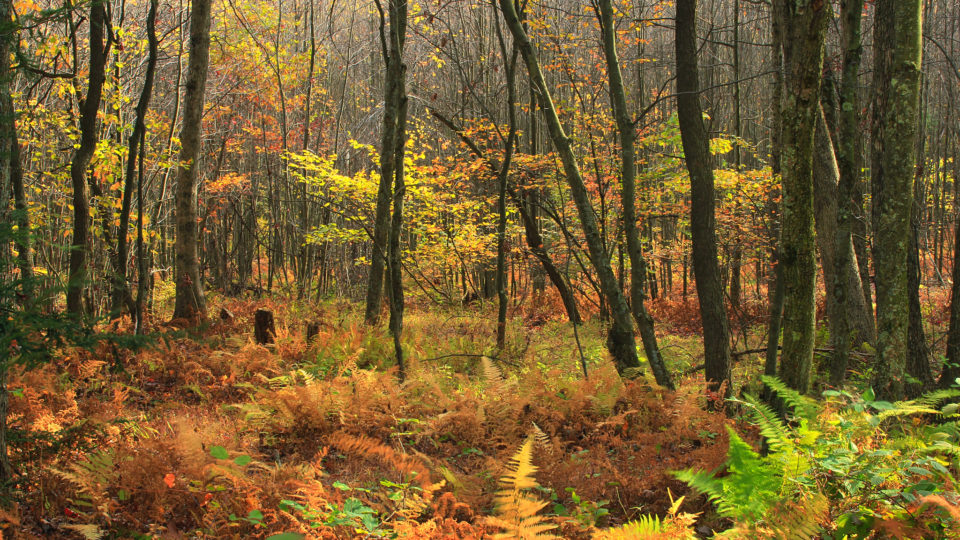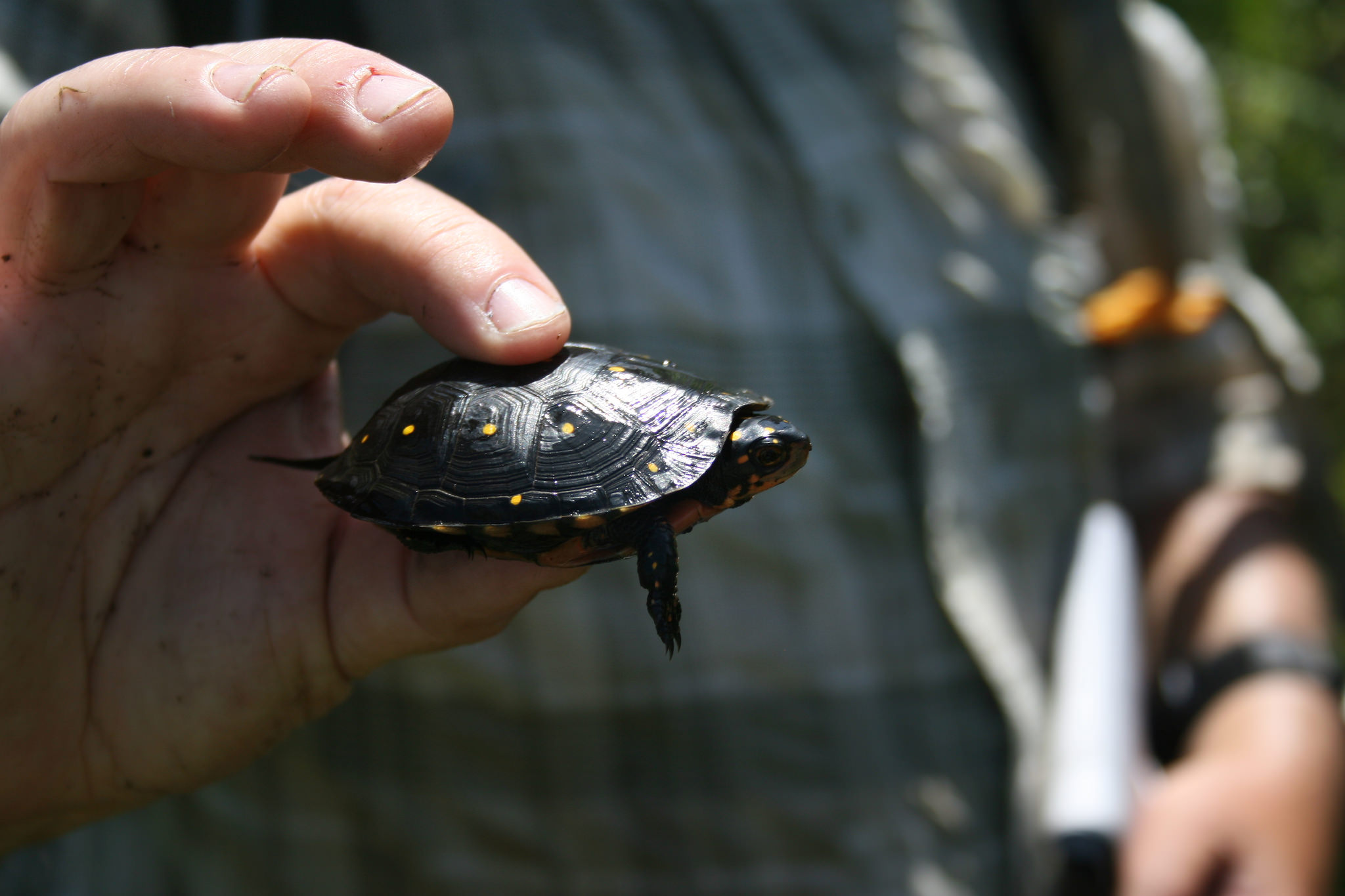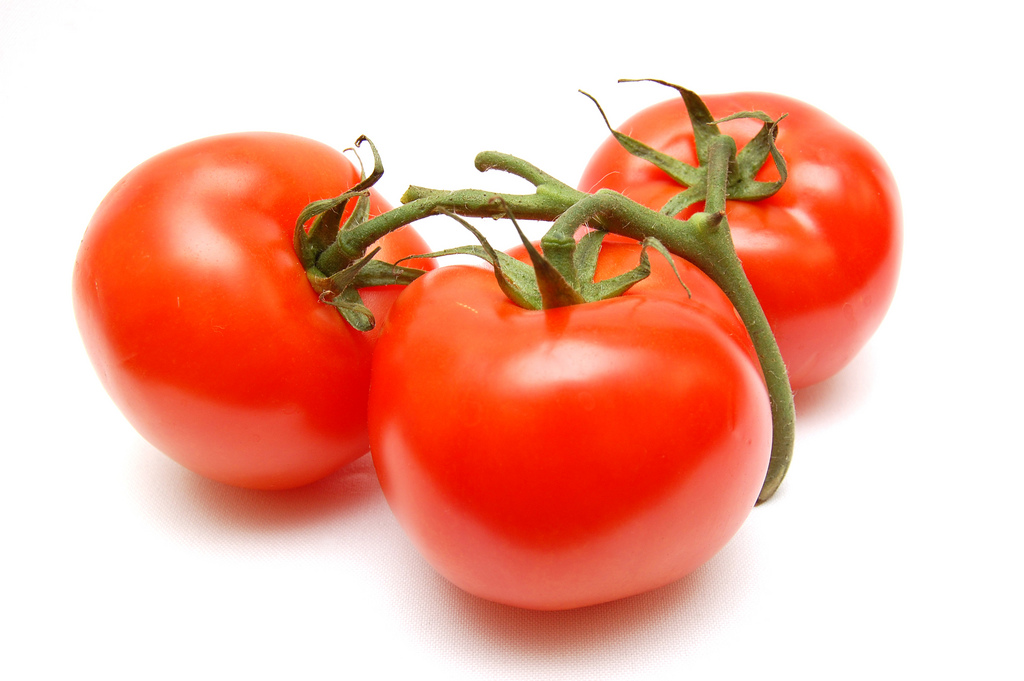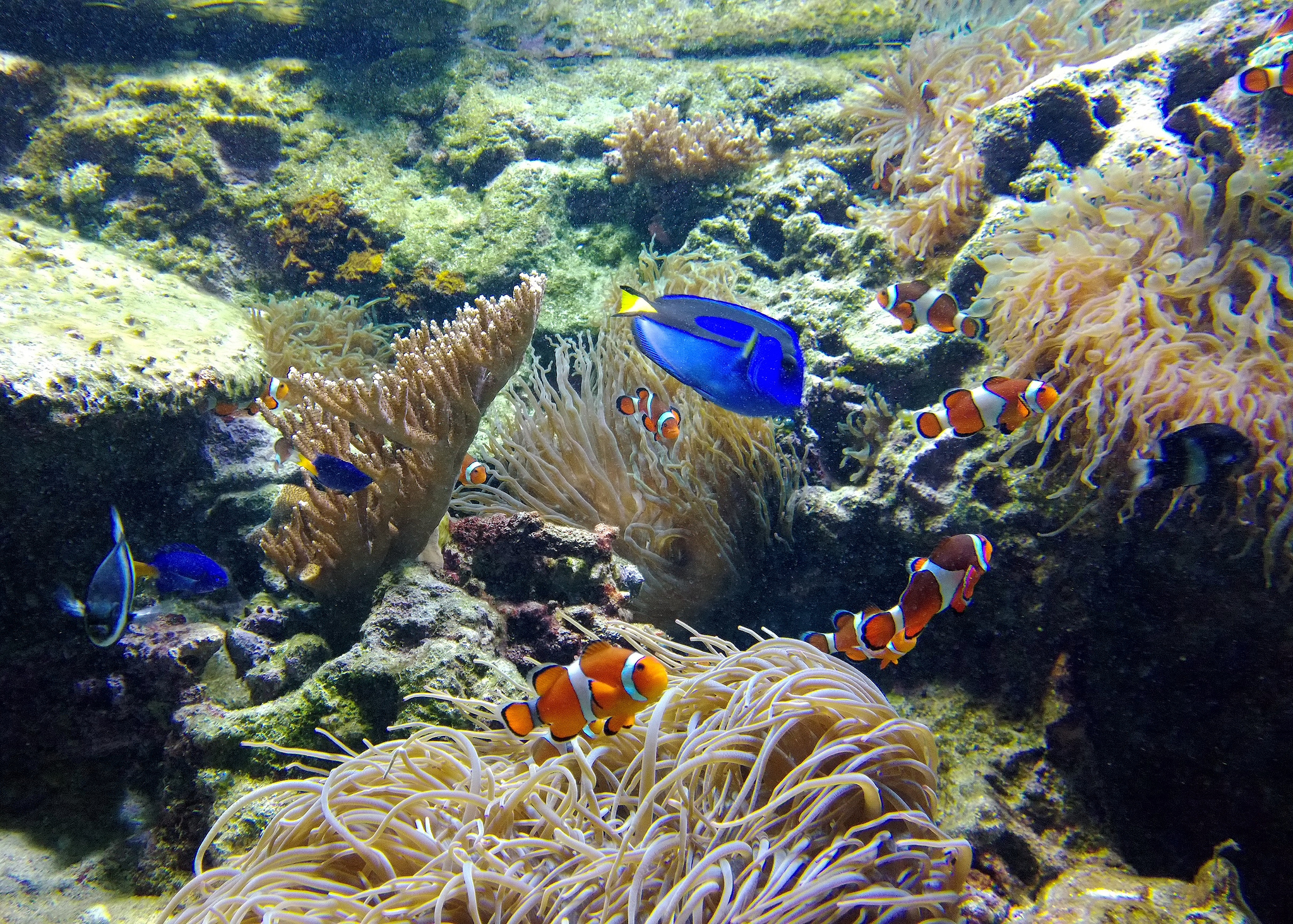Climate change affects animal species in many ways. It induces habitat loss, disrupts migration and breeding patterns, threatens marine life, and facilitates an increased spread of disease. It may also affect where animals can be found in the future.
According to a new study led by researchers from the University of Toronto Mississauga and Apex Resource Management Solutions in Canada, climate change may dramatically affect the animal species observed in North American cities by the end of the century.
The researchers used species distribution data combined with machine learning to study the impact of human-caused climate change on more than 2,000 animal species historically found in the 60 most populous North American cities.
According to the research team, changes in biodiversity are brewing for almost every city it studied by the year 2100. In fact, cities with a rich history of biodiversity are predicted to have the largest declines and fewest gains in species. Cooler and wetter cities like Quebec, Ottawa, Winnipeg, Kansas City, and Omaha are expected to welcome the most new species. Warmer cities with higher precipitation – like cities in coastal California – are projected to lose the most species.
More than 95% of bird and insect species are predicted to experience a change in the number of cities they call home. Canines, most amphibians, and aquatic birds are expected to experience the greatest losses. Toads, turtles, mice and pelicans are projected to become more common overall.
The researchers hope their findings will encourage more efforts to protect biodiversity.
**********
Web Links
North American cities may see a major species turnover by the end of the century
Photo, posted September 29, 2013, courtesy of Jonathan Kriz via Flickr.
Earth Wise is a production of WAMC Northeast Public Radio
